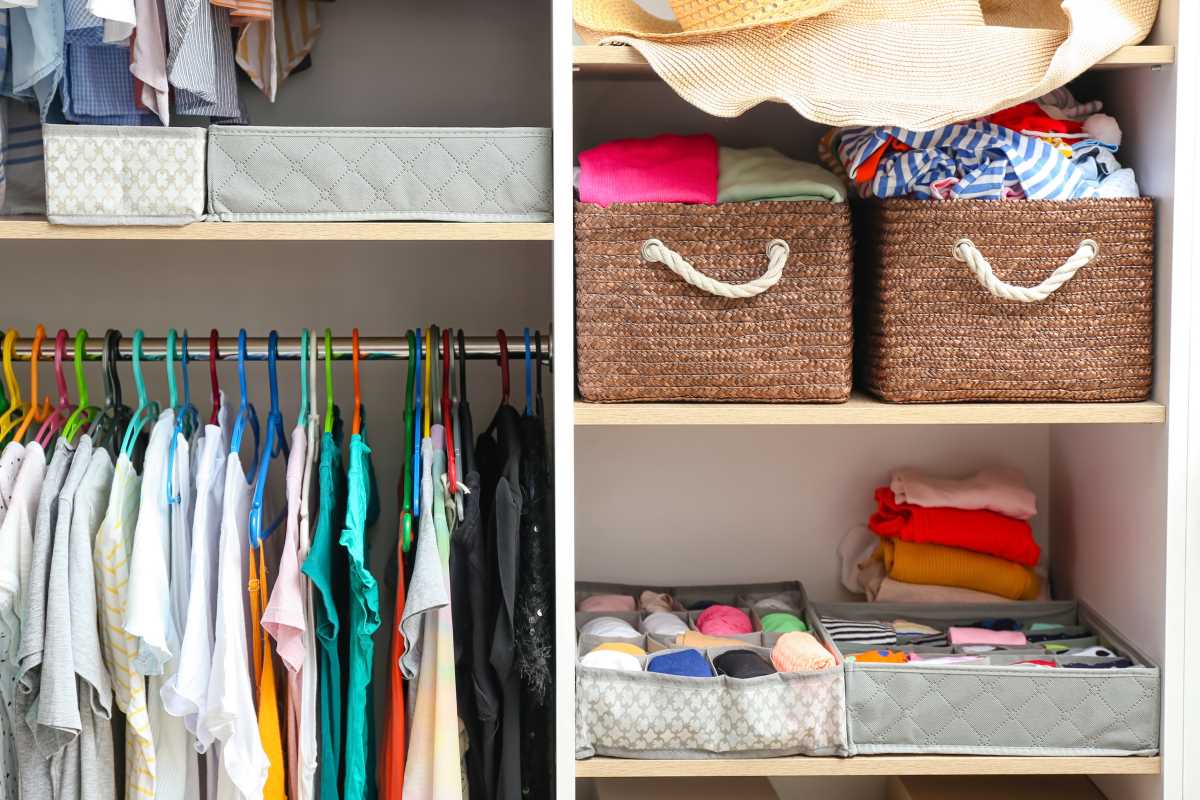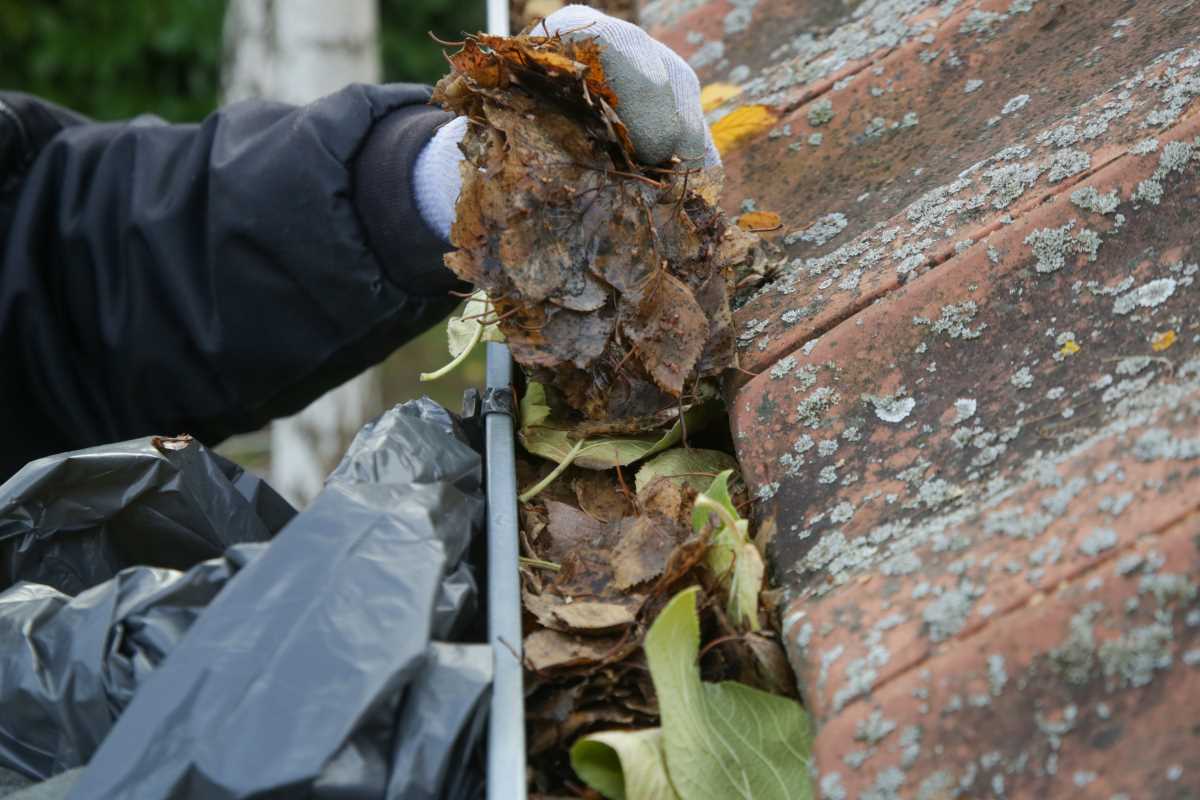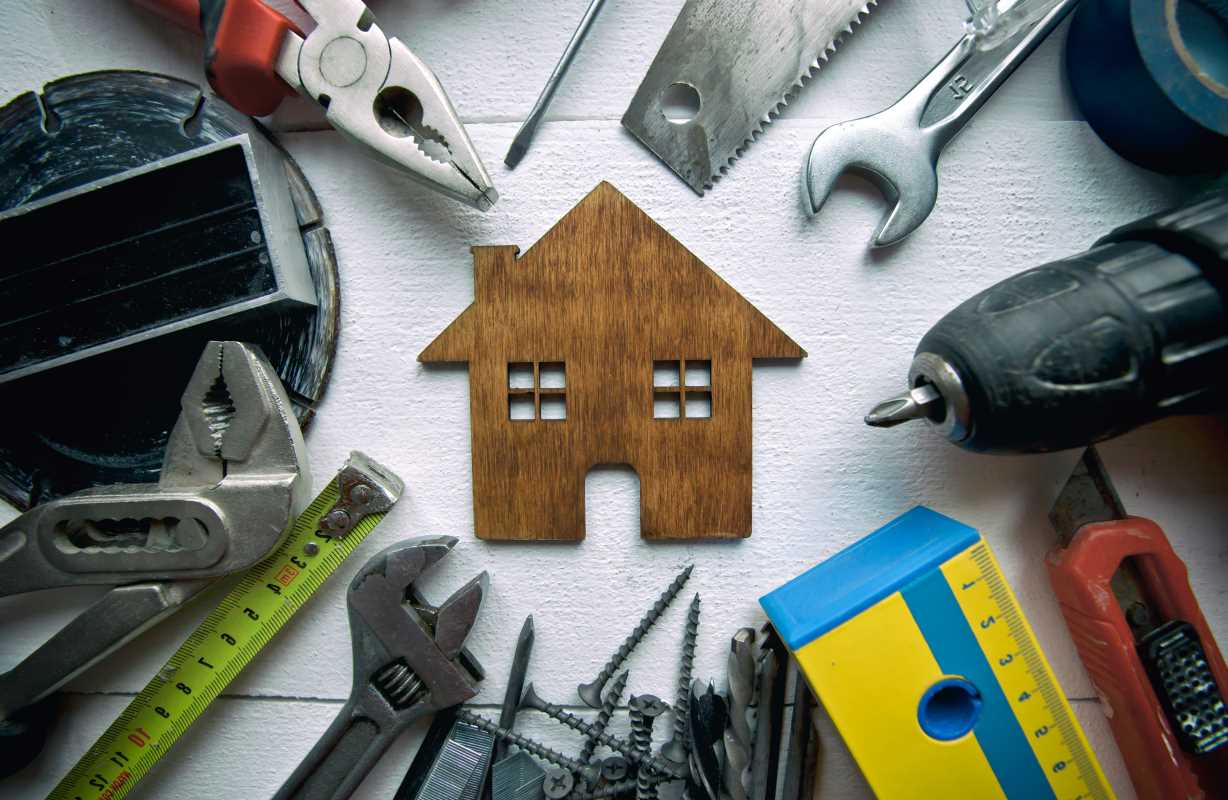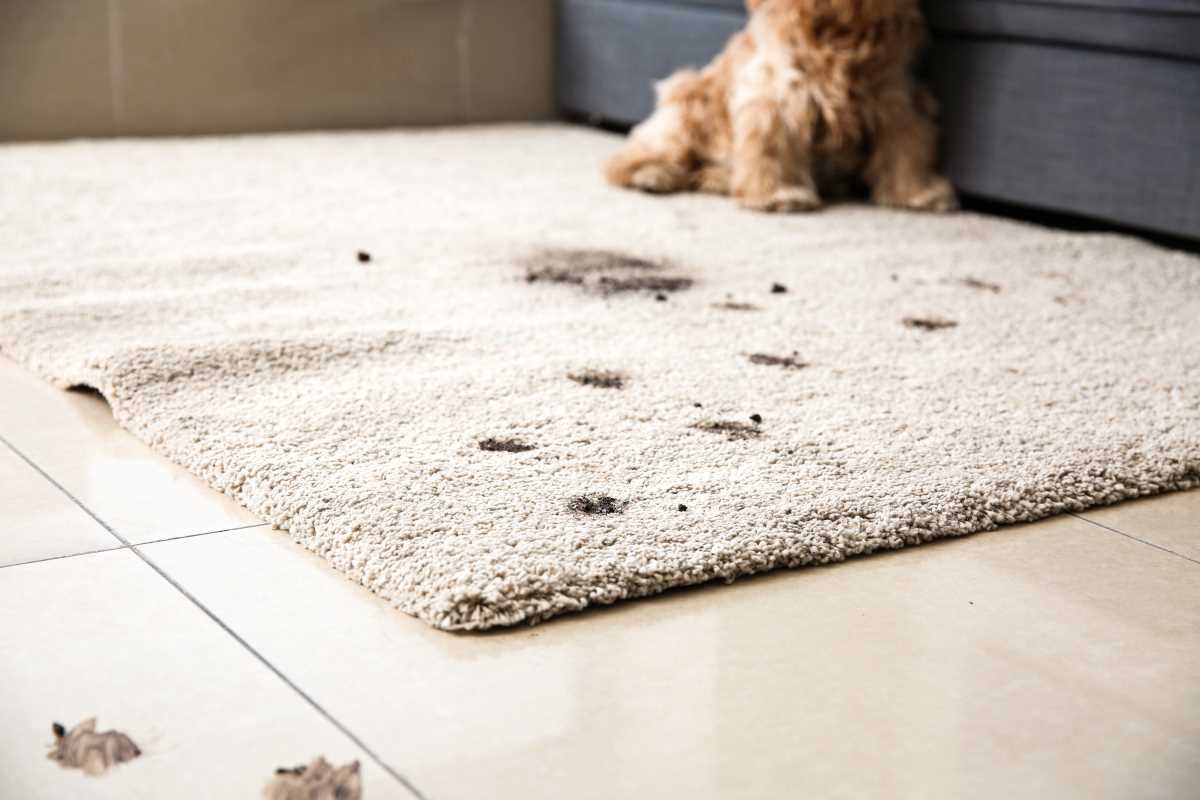Ah, the junk drawer. Every home has one—that magical black hole where keys, pens, buttons, random chargers, and who-knows-what-else end up. For busy parents, students, or really anyone with a hectic schedule, it’s easy to shove things into that drawer and promise yourself you’ll deal with it later. Of course, “later” rarely comes. The result? A drawer so cluttered that finding a single pen feels like uncovering buried treasure.
The good news? Tackling your junk drawer doesn’t have to be overwhelming. With a little effort and some mindful strategies, you can transform that chaotic mess into an organized, functional space. Here's a step-by-step guide to help you reclaim your drawer and, in the process, save yourself time and stress.
1. Empty and Sort
Step one might seem obvious, but it’s also the most important. Start by emptying the entire drawer onto a flat surface like your kitchen table or countertop. Don’t just fish out the “important stuff” and leave the dicey odds-and-ends. Nope, this is an all-in, no-cheating process. Dump it all out.
Now comes the fun part (or not-so-fun, depending on how messy your drawer is)—sort the contents into categories. Here are some common ones to start with, but feel free to add your own:
- Keep: Items you use or need. Think scissors, tape, tools, or a working flashlight.
- Relocate: Things that definitely don’t belong in a junk drawer, like the TV remote you’ve been blaming the dog for losing.
- Toss/Recycle/Donate: Broken, expired, or unnecessary items. Those dried-up pens, takeout menus from 2015, or that rubber band so old it turned brittle? Bye.
Tip
If you’re unsure about an item, ask yourself, “When was the last time I used this?” If you can’t remember, it’s probably time for it to go.
2. Clean It Out
Before you start putting things back, take a moment to clean the drawer itself. It sounds simple, but it makes a huge difference. A quick wipe-down with a damp cloth or disinfectant wipe removes crumbs, sticky residue, and whatever else life has thrown in there. Bonus tip? Add a drawer liner to keep the surface looking fresh and make future cleaning easier.
3. Add Dividers (Your Secret Weapon)
Dividers are like magic for junk drawer organization. They create a system where every item has a designated “home.” This doesn’t mean you have to go out and spend money on fancy organizers unless you want to. Household items like small gift boxes, empty mint tins, and even muffin tins can be repurposed to keep your drawer in check.
Suggested Divider Categories
Creating categories within your dividers gives the drawer a sense of order. Here are a few ideas to inspire you:
- Office Supplies: Pens, sticky notes, paperclips, and rubber bands.
- Tools: Screwdrivers, measuring tape, and those tiny Allen wrenches you’re always searching for.
- Chargers and Cords: That mysterious collection of cables where you only recognize one or two.
- Everyday Essentials: Spare keys, batteries, and maybe even an extra lighter or two.
- Miscellaneous: There will inevitably be a few odds and ends that defy categorization (hello, random marbles and mystery key!), but keep this section small to avoid re-creating the mess.
Pro tip? Adjustable or expandable dividers can be a lifesaver since they can adapt to different drawer sizes.
4. Use Clear Containers for Tiny Items
Ever spent 10 minutes fishing around for a single thumbtack or safety pin? Tiny items are notorious for getting lost in a junk drawer, so they need special attention. Use small clear containers or resealable bags to store things like thumbtacks, coins, or sewing needles. Not only does this make them easier to spot, but it also keeps them from scattering all over the drawer.
Creative Hacks
Short on clear containers? Try reusing old makeup jars, baby food containers, or the little boxes your jewelry came in. They’re perfect for wrangling those itty-bitty items.
5. Label It (If Necessary)
If your house has multiple junk drawers (no judgment here!), consider creating a quick labeling system. For instance, label one drawer as “Office + Tools” and another as “Kids’ Stuff.” This takes the guesswork out of putting things away, especially if you live with other people.
Alternatively, you can also label the individual sections within the drawer. Simple labeled dividers or small adhesive tags can work wonders for keeping everyone on the same page.
6. Set a Regular Decluttering Routine
Here’s the thing about a junk drawer—it’s called “junk” for a reason. It’s going to collect random items over time, no matter how organized you start out. Accept this reality and plan for it. Add a quick five-minute declutter session to your monthly to-do list. During this time, weed out anything that doesn’t belong and tidy up the sections.
Make It Fun
If you have kids, turn this into a game. Tell them whoever helps clean the junk drawer can pick the movie for movie night. Little incentives like that keep things lighthearted and productive.
Why Bother Organizing Your Junk Drawer?
You might be asking, “Why put this much effort into a drawer no one even sees?” Fair question. The truth is, organizing your junk drawer isn’t just about aesthetics. Here are a few practical benefits you’ll gain:
- Save Time: Need scissors in the middle of an arts-and-crafts meltdown? Or a flashlight during a power outage? When everything has its place, you won’t waste precious minutes hunting around for what you need.
- Reduce Stress: There’s something oddly satisfying about opening a tidy drawer. It might sound small, but little wins like this can add up over time.
- Set an Example: If you have kids, getting your junk drawer in order shows them the value of organization and how to keep their spaces tidy too.
- Avoid Duplicates: How many times have you bought batteries or tape, only to later uncover an unopened pack hidden in the junk drawer? Being organized helps you avoid unnecessary purchases.
A Real-Life Scenario
Picture this: It’s Saturday morning, and you’re finally putting together that IKEA bookshelf that’s been sitting in a box for weeks. You need the tiny Allen wrench that came with it—but of course, it’s disappeared. You spend the next 15 minutes digging through the junk drawer, where you discover a packet of soy sauce, a broken plastic spoon, and exactly zero Allen wrenches. Now, you’re frustrated, the bookshelf is still in pieces, and your weekend productivity is ruined.
Now imagine a different scenario. Your drawer is tidy, and all your mini-tools are neatly stored in a divided section. You open it, grab the wrench, and get to work assembling the shelf without missing a beat. That’s the power of an organized junk drawer.
Extra Tips for Success
- Limit What You Keep: If you find yourself hoarding random items “just in case,” set a strict limit. Tell yourself you can only keep one drawer’s worth of miscellaneous items.
- Consider a Two-Drawer Solution: If your drawer is overflowed with legitimately useful items, create two categories. One drawer could house everyday essentials (batteries, keys, tape), while the other might be more for oddball items like puzzles pieces or souvenir bottle caps you’re not quite ready to part with.
- Call in the Pros: If decluttering feels too overwhelming, enlisting a professional organizer for an hour or two might be worth it.







